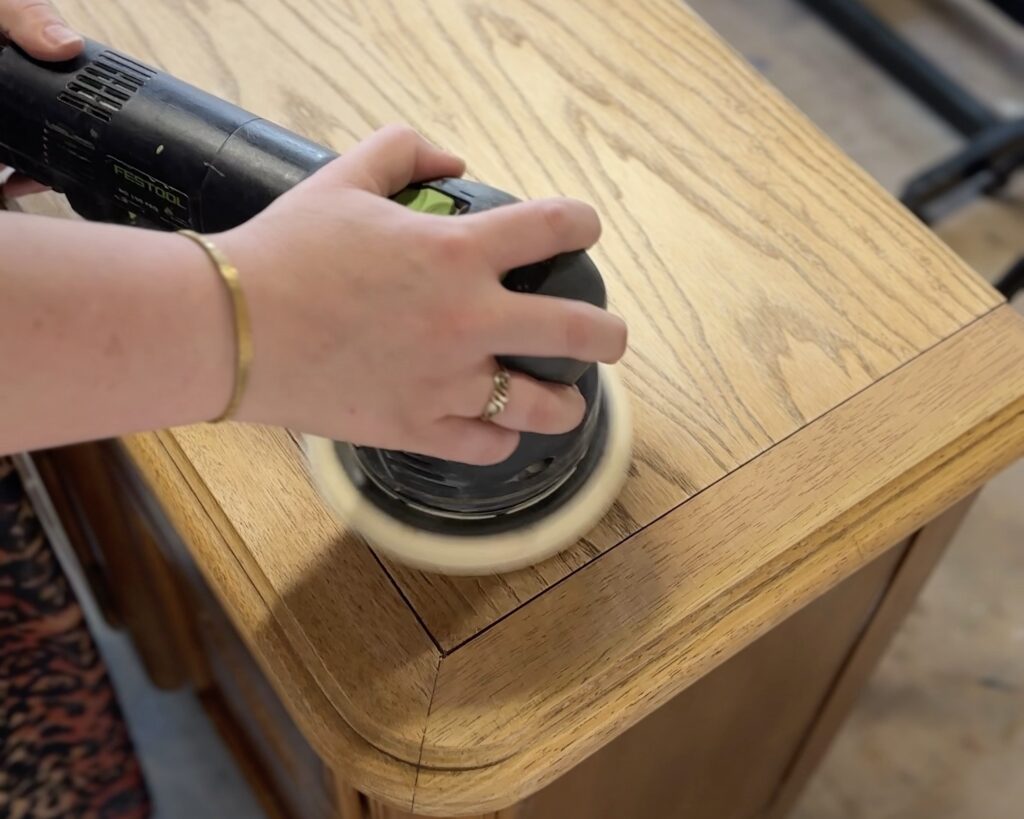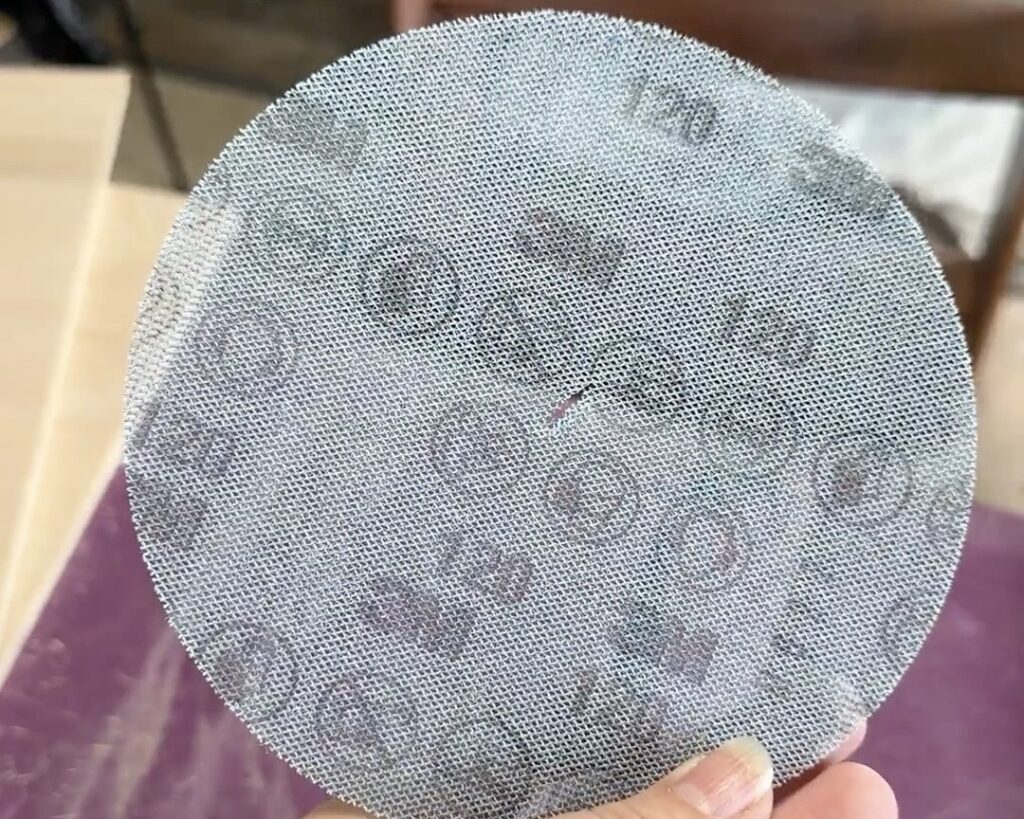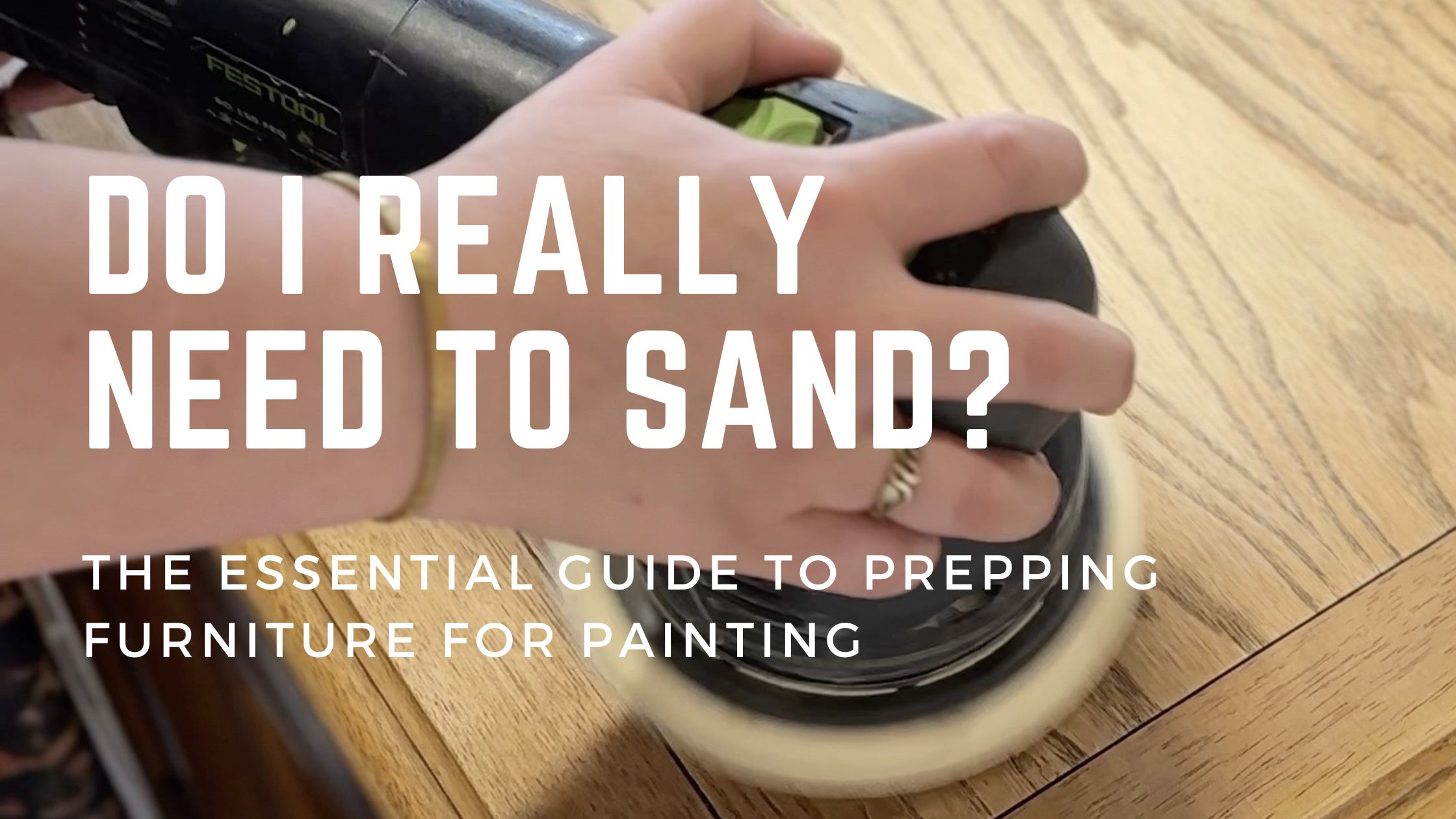Do I Really Need to Sand? The Essential Guide to Prepping Furniture for Painting
Sanding is a crucial step in the furniture painting process. But is it always necessary? Let’s dive into the importance of sanding, when you might be able to skip it, and how to sand effectively for a flawless finish.
Creates a smooth surface: Sanding removes imperfections, old paint, and varnish, providing a clean slate for new paint to adhere to.
Improves paint adhesion: A sanded surface allows the paint to bond properly, preventing peeling and chipping.
Ensures even paint coverage: Sanding helps to create a uniform texture, resulting in a more polished final look.

Situation
Why You Might Skip Sanding
Considerations
Painting unfinished furniture
Raw wood is already relatively smooth and porous.
Clean thoroughly to remove dust and debris before painting.
Using chalk paint
Chalk paint is designed to adhere to various surfaces.
Lightly sand glossy or very smooth surfaces for better adhesion.
Applying a bonding primer
Bonding primer helps paint stick to difficult surfaces.
Follow the primer’s instructions for best results.
Painting over a well-bonded existing finish
If the existing finish is in good condition, sanding might not be necessary.
Clean and lightly scuff the surface to help the new paint adhere.
Gather your materials: Sandpaper (various grits), sanding block, tack cloth, safety glasses, and dust mask. For a list of my recommended sanding products CLICK HERE.
Start with coarse-grit sandpaper: Use 80- or 120-grit sandpaper to remove the existing finish or smooth rough areas.
Progress to finer grits: Gradually switch to finer grits (150, 180, 220) to create a
Sand with the grain: Always sand in the direction of the wood grain to avoid scratches.
Clean thoroughly: Remove dust with a tack cloth before painting.

Don’t over-sand: Be careful not to remove too much material, especially on veneer or delicate surfaces.
Work in a well-ventilated area: Sanding creates dust, so wear a dust mask and work outdoors or in a ventilated space.
Take your time: Sanding can be tedious, but patience and attention to detail will pay off with a beautiful finish.
Sanding is a vital step in most furniture painting projects, but there are occasions when you might be able to get away with not sanding. By understanding the importance of sanding, when you can skip it, and how to sand effectively, you’ll be well-equipped to achieve a stunning finish on your next project.
If you enjoyed this post why not subscribe to my newsletter to receive upcycling tips & tricks, exclusive offers, and more!
See you on the next flip!
Brenda xx

